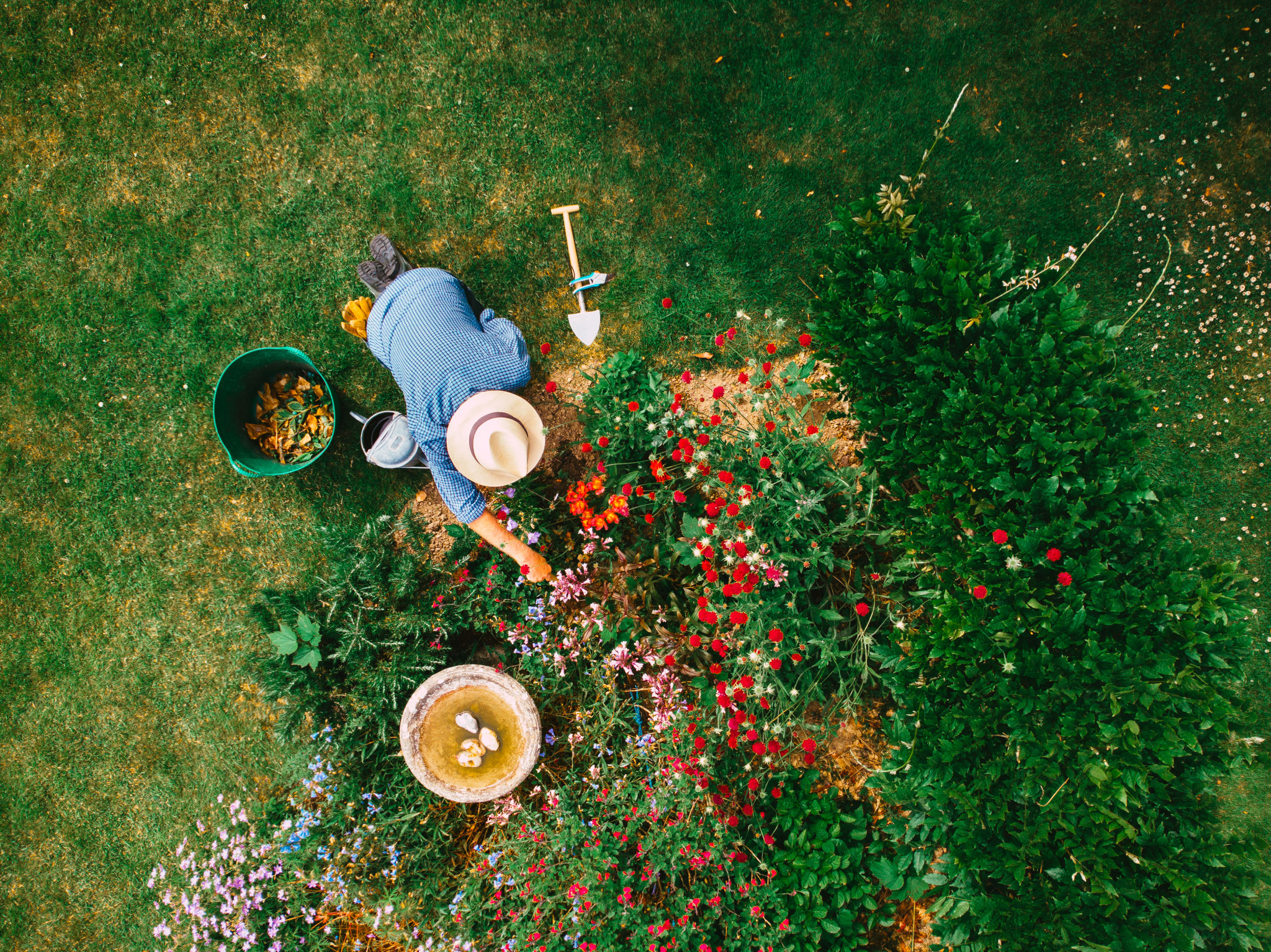DIY Greenhouse Maintenance Tips for Ghana's Climate
Understanding Ghana's Climate
Ghana's climate is predominantly tropical, characterized by two main seasons: the rainy season and the dry season. This unique climate offers both challenges and opportunities for greenhouse gardening. The key to successful greenhouse maintenance in Ghana is understanding these seasonal changes and adapting your practices accordingly.
During the rainy season, heavy rains can lead to excessive humidity in greenhouses, while the dry season can cause increased temperatures and reduced moisture levels. Therefore, effective management of your greenhouse environment is crucial to ensure healthy plant growth throughout the year.

Regular Cleaning and Ventilation
One of the most important aspects of greenhouse maintenance is keeping it clean and well-ventilated. Dust, debris, and pests can accumulate quickly, especially in a tropical climate. Regular cleaning helps prevent the growth of mold and mildew, which can be detrimental to plants.
Ensure that your greenhouse has adequate ventilation to maintain optimal air circulation. This can be achieved by installing vents or using fans to regulate temperature and humidity levels. Proper ventilation helps prevent overheating and reduces the risk of fungal diseases.
Water Management Techniques
Water management is crucial in a greenhouse setting, particularly in Ghana's diverse weather conditions. During the dry season, it's essential to ensure that plants receive adequate water without overwatering, which can lead to root rot.
Consider installing a drip irrigation system that delivers water directly to the root zone, minimizing water loss through evaporation. This system not only conserves water but also ensures that plants receive a consistent supply of moisture.

Pest and Disease Control
Pests and diseases can quickly spread in a greenhouse environment if not properly managed. Regular monitoring and prompt action are vital in keeping your greenhouse pest-free. Introduce beneficial insects like ladybugs to help control pest populations naturally.
Additionally, practice crop rotation and maintain plant diversity to reduce the likelihood of disease outbreaks. Using organic pesticides as a last resort can also be effective, but it's always best to opt for natural solutions whenever possible.
Temperature and Humidity Regulation
Maintaining the right temperature and humidity levels is essential for healthy plant growth in a greenhouse. During Ghana's hot seasons, temperatures can rise significantly, so it's important to have systems in place to cool down the greenhouse.
Consider using shade cloths or reflective materials to reduce heat buildup. Installing thermometers and hygrometers will help you monitor conditions and make necessary adjustments to keep the environment within optimal ranges for plant health.

Structural Maintenance
Regular checks on your greenhouse structure are crucial to ensure its longevity and functionality. Inspect the framework for any signs of wear or damage, and promptly repair any issues that arise. This includes checking for leaks, loose joints, or broken panels.
Maintaining the structural integrity of your greenhouse not only protects your plants but also ensures a safe environment for you to work in. Regular maintenance will help avoid costly repairs in the future and enhance the overall efficiency of your greenhouse.
Seasonal Adjustments
Different seasons require different maintenance approaches. During the rainy season, ensure that drainage systems are clear to prevent waterlogging. In contrast, during dry spells, focus on preserving moisture levels by using mulch or ground cover.
Adapting your maintenance strategies to align with seasonal changes will help you mitigate risks associated with extreme weather conditions and promote a more productive growing environment.

Conclusion
Maintaining a greenhouse in Ghana's climate requires careful planning and regular attention. By understanding the unique challenges posed by the tropical environment and implementing effective management strategies, you can ensure that your greenhouse remains a thriving space for plant growth year-round.
With consistent effort and adaptation, your greenhouse will continue to flourish, providing you with bountiful harvests and a rewarding gardening experience.
